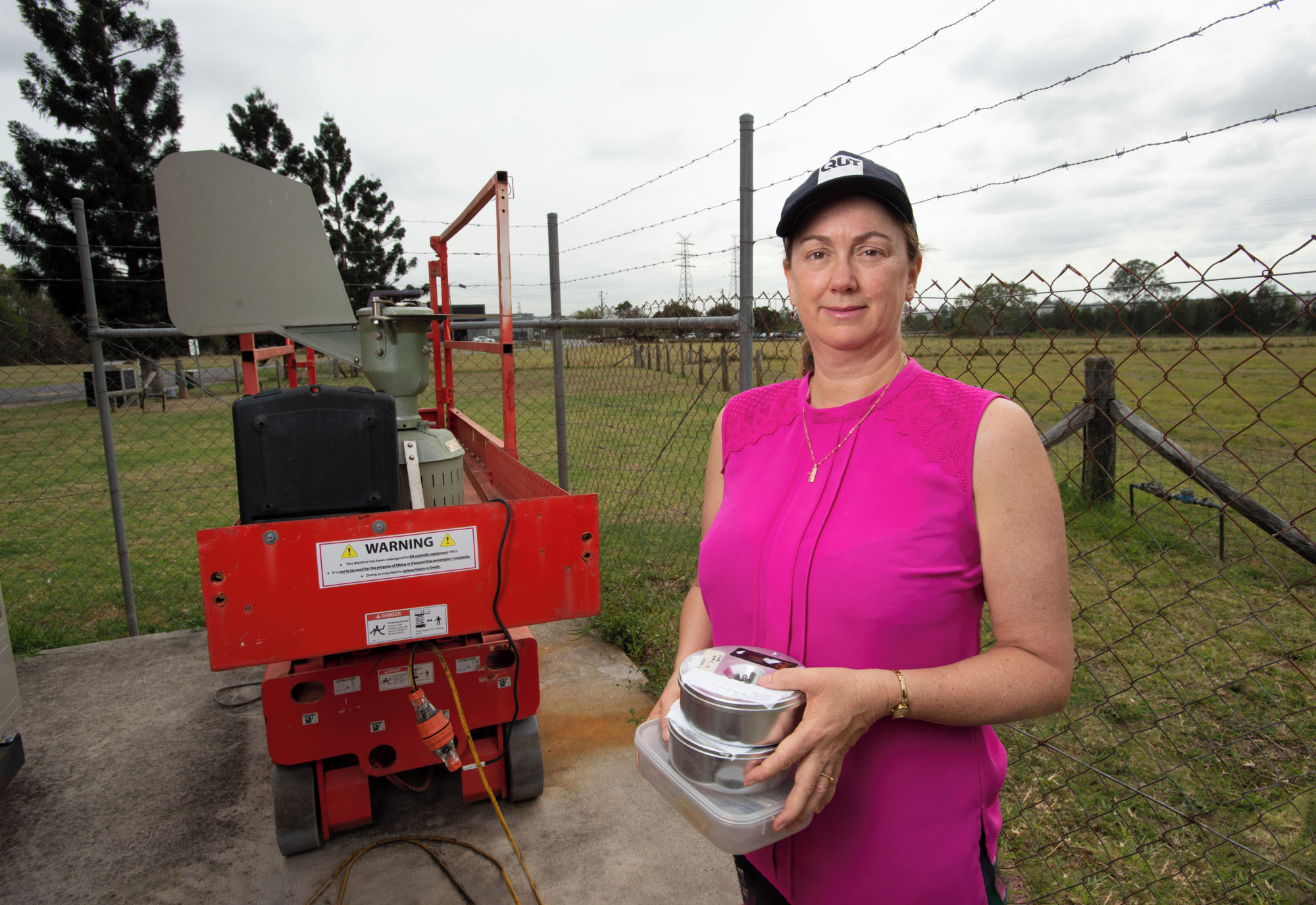Brisbane’s asthma and hay fever sufferers face multiple major summer-autumn peaks of hyper allergenic grass pollen, while those in Sydney and Canberra have major spring and minor summer pollen peaks, and allergic Melbournites have a single major spring peak to be wary of.
- First southern hemisphere study tracks shifts in pollen seasonality, biodiversity and allergy impact
- Australia fourth in the world for asthma
- Grass pollen is the main source of outdoor naturally occurring allergens
- Exposure to grass pollen is likely to be altered by climate change
These findings came out of a four-year NHMRC-funded study of simultaneous monitoring of daily airborne grass and other pollen concentrations in these four eastern Australian cities by the AusPollen Partnership.
Professor Janet Davies who leads QUT’s Allergy Research Group and the national AusPollen Partnership, said the aim was to standardize pollen monitoring and examine broad-scale biogeographical and meteorological factors that influenced yearly variations in seasonal airborne grass pollen in Australia.
“This study is the first continental-scale, to track shifts in pollen seasonality, biodiversity and impacts on allergic respiratory diseases in the southern hemisphere using standardised aerobiology datasets,” Professor Davies said.

“This study generated important new information including that pasture greenness, rainfall and number of days over 30o C, preceding and within the season correlated strongly with grass pollen season load.
“Monitoring of airborne pollen in a consistent way is essential for environmental health messaging as well as the capacity to model and verify forecasts of airborne pollen at daily and seasonal timescales.”
Professor Davies said Australia had the world’s fourth highest burden of asthma and seventh highest frequency of allergic rhino conjunctivitis (AR).
“About 19 per cent of Australians are affected by AR and over 11 per cent by current asthma,” she said.
“As the foremost outdoor allergen source, ambient grass pollen exposure is likely to be altered by climate change which suggests the urgent need for standardised pollen monitoring and evidenced-based publicly available pollen forecasts to enable those at risk to self-manage chronic respiratory allergies as well as major pollen associated events.
“Despite the high burden of allergy, Australia has been, until recently, one of the few developed countries without a unified national program to measure and disseminate pollen information.
 “Also, there are few uninterrupted or long-term airborne pollen records from the southern hemisphere to gauge how climate change might influence this hemisphere’s aerobiology and affect the different plant species that are fertilised by wind-borne pollen or spores.
“Also, there are few uninterrupted or long-term airborne pollen records from the southern hemisphere to gauge how climate change might influence this hemisphere’s aerobiology and affect the different plant species that are fertilised by wind-borne pollen or spores.
“While the four-year duration of this study was too short to gain insights on medium-term climate effects, longer term pollen records in other continents show consistent aerobiological trends, as well as shifts in pollen seasonality with climate change.”
Professor Davies said a key motivation for the AusPollen Partnership was that this study’s data could now enable evaluation and comparison of the levels of local grass pollen exposure at which people with pollen allergy will have symptoms (in eyes, nose and lungs) in the different regions of Australia.
“We now have an understanding of the complexities inherent in Australian aerobiology with which to consider impacts of climate change and extreme weather events, like flooding and thunderstorms, on pollen season loads,” she said.
“The diversity of grass pollens and regional variation in allergy-affected patients’ sensitivity to types of grass pollen allergens would have to be factored into arriving at threshold variations for eye, nose and breathing symptoms.”
The AusPollen partnership project: Allergenic airborne grass pollen seasonality and magnitude across temperate and subtropical eastern Australia, 2016–2020 was published in Environmental Research.







